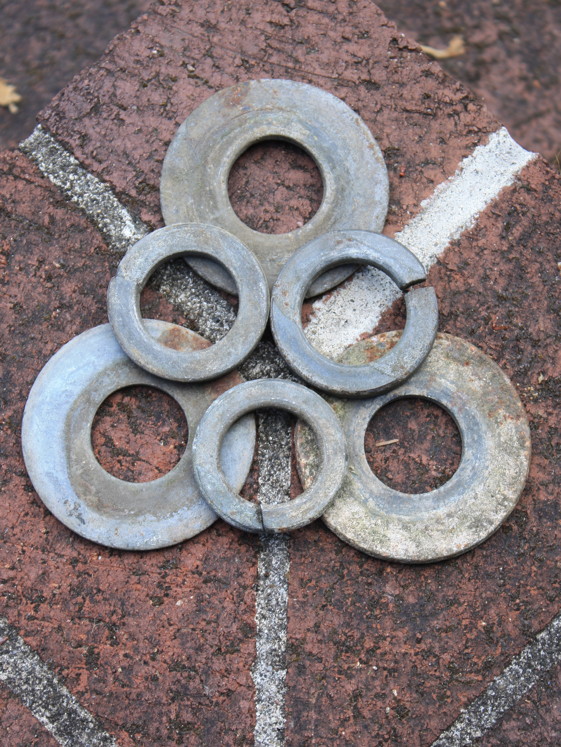No-one ever writes a poem about dogs.
Oh, people love their cats
Every other poem these days is about cats
How cute they are, how they lick themselves
How they don’t care a fig for anyone else
Now how much would you pay?
But wait, there’s more
They’ll also scratch up your upholstery
Stand on your face at 4 AM
Kill your budgie.
When did a cat ever come to you when you asked?
Chase off an intruder
Catch a frisbee?
The thing’s like a doorstop
That doesn’t stop any doors.
The only thing I ever got from a cat
Was a dead rat
And when I wouldn’t eat it
He did.
Let’s face it, when it comes to cats it’s all about the purring
You pet the damn thing, and it purrs
If cats didn’t purr, we’d keep something else
Iguanas, maybe.
But it’s all about the cats
They’re cuddly, they’re comic, they’re cosmopolitan
They give you the abuse you don’t get from your family
You can’t pick up a newspaper
Or a greeting card
Without reading about cats.
But nobody
Ever
Writes a poem
About dogs.
Oh, people love their cats
Every other poem these days is about cats
How cute they are, how they lick themselves
How they don’t care a fig for anyone else
Now how much would you pay?
But wait, there’s more
They’ll also scratch up your upholstery
Stand on your face at 4 AM
Kill your budgie.
When did a cat ever come to you when you asked?
Chase off an intruder
Catch a frisbee?
The thing’s like a doorstop
That doesn’t stop any doors.
The only thing I ever got from a cat
Was a dead rat
And when I wouldn’t eat it
He did.
Let’s face it, when it comes to cats it’s all about the purring
You pet the damn thing, and it purrs
If cats didn’t purr, we’d keep something else
Iguanas, maybe.
But it’s all about the cats
They’re cuddly, they’re comic, they’re cosmopolitan
They give you the abuse you don’t get from your family
You can’t pick up a newspaper
Or a greeting card
Without reading about cats.
But nobody
Ever
Writes a poem
About dogs.










